Permaculture Magazine Offer
This weekend (May 4 & 5) our friends at Permaculture
This weekend (May 4 & 5) our friends at Permaculture
Learn how the influence of ramps has built relationships within
What is a composting toilet? A composting toilet is a
Here is the latest presentation and virtual tour of how
|
Post Update (Oct. 2017) Oct. 16-20 Super Adobe Core Curriculum Workshop Sorry – This Course is Now Full Below is a picture summary from a previous joint training to give you an idea of how full and rich this combined training is. |

Blog Post of Previous Combined Course
Pictures and Text by Bill Wilson of Midwest Permaculture
For a second year we co-delivered with the Cal-Earth teaching staff a combined Superadobe Earth Building and Permaculture Design Certificate Course. At the close of our training we were pleased to host Geoff and Nadia Lawton of PRI-Australia who shared their work in desert environments with us while they were in the USA for a brief visit. This workshop was also opened to the general public seen here at the end of a really great day of learning.

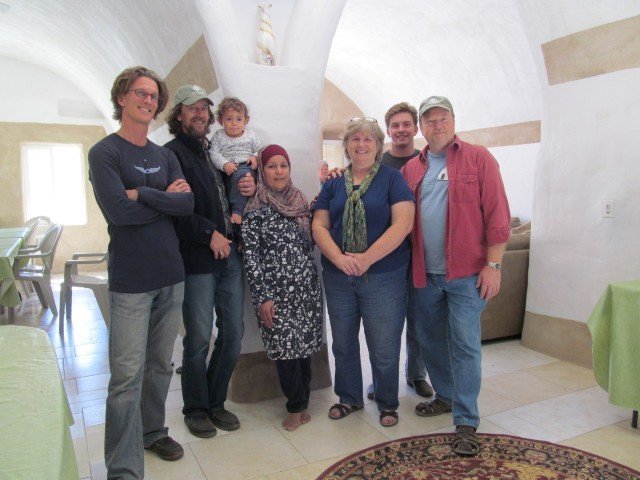
Let’s continue this picture summary from the Beginning of the Training….
Or… go directly to the pictures of the Geoff & Nadia Lawton day



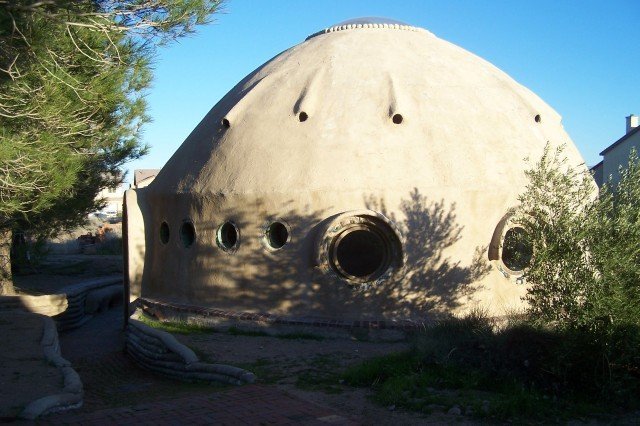
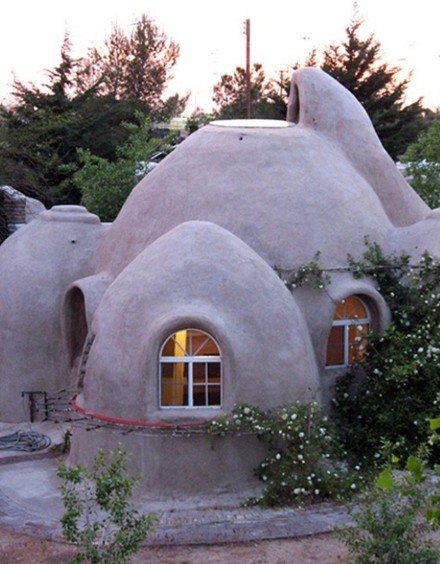
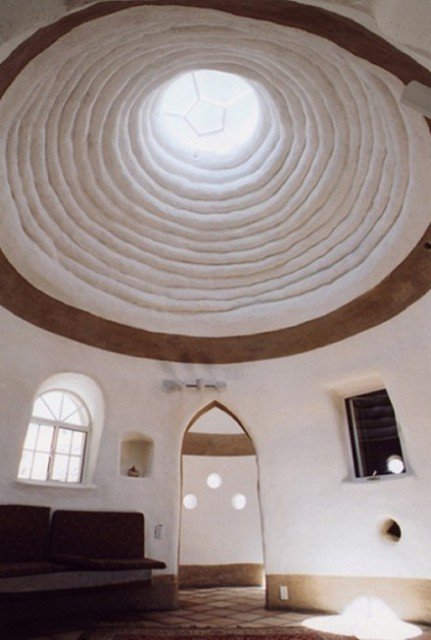
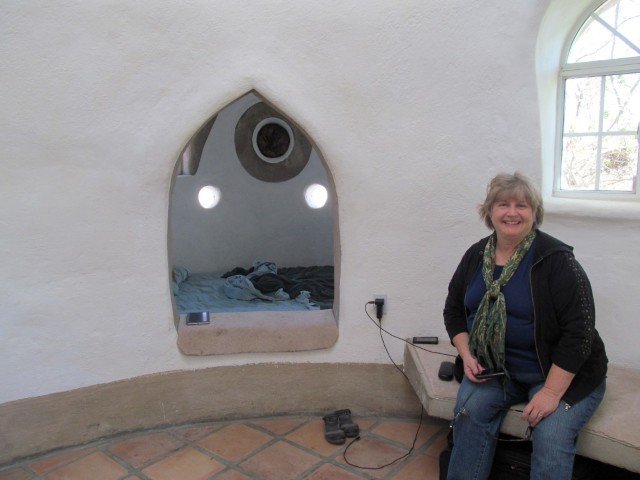

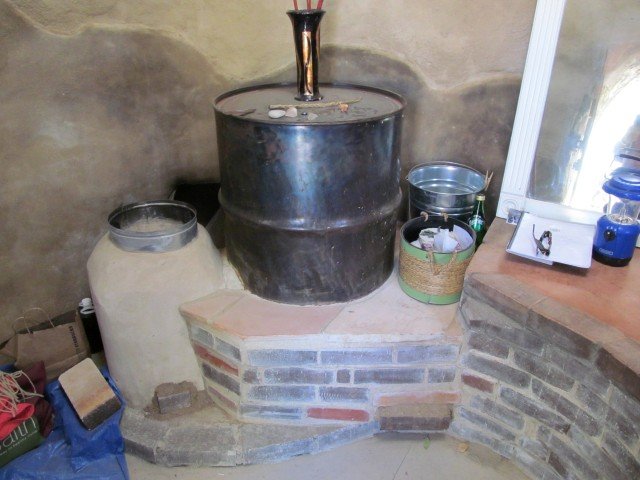


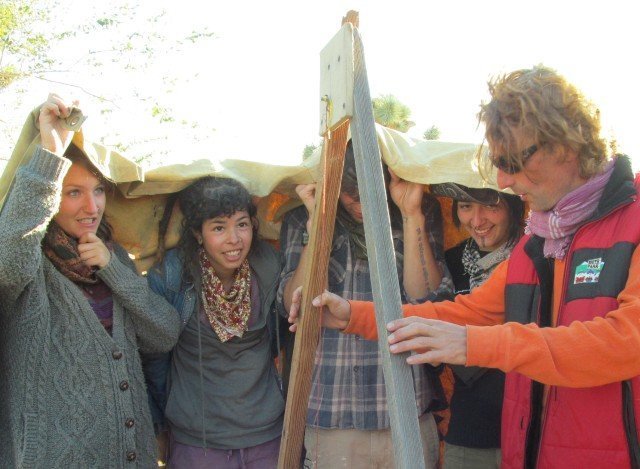
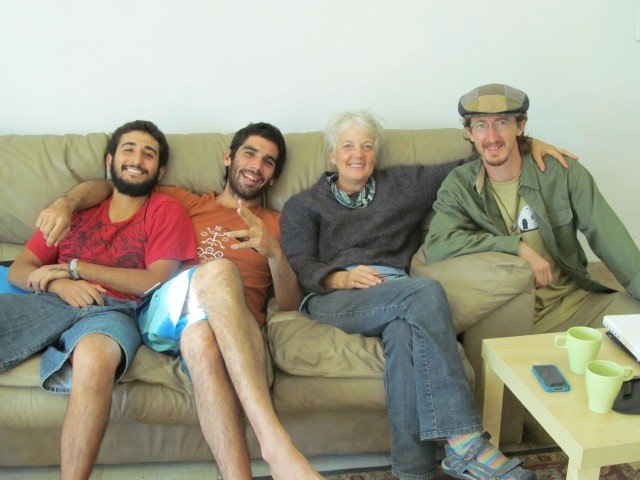
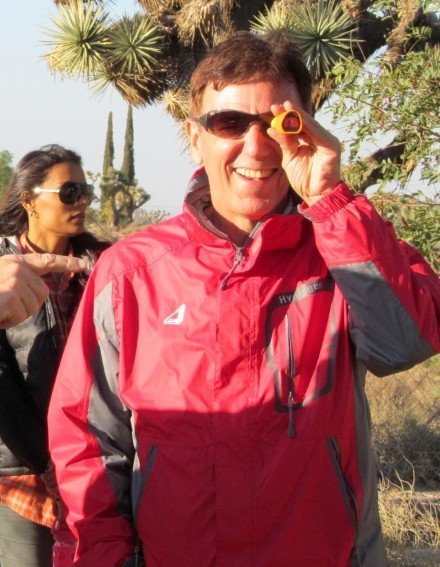
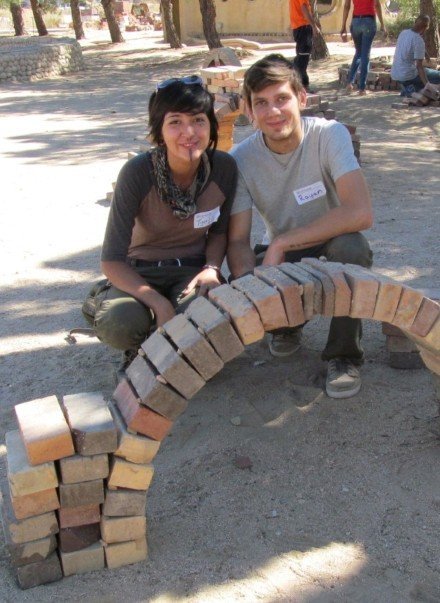

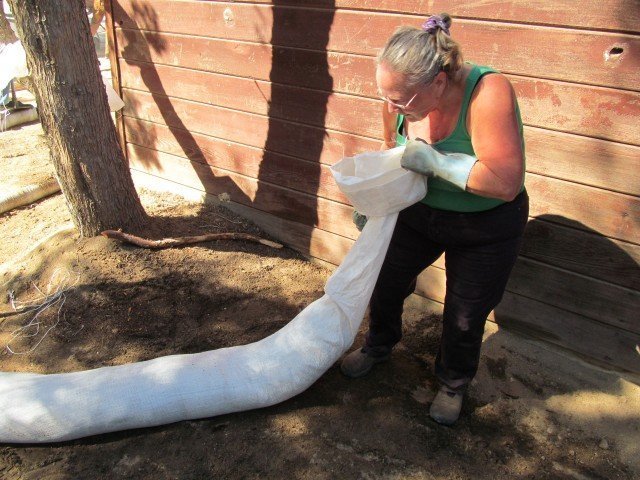
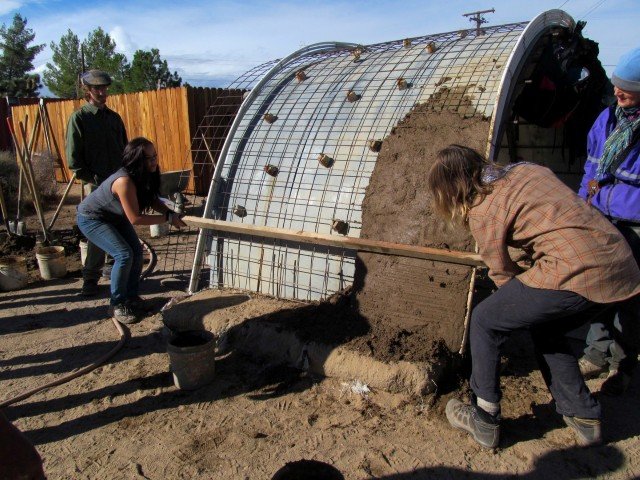

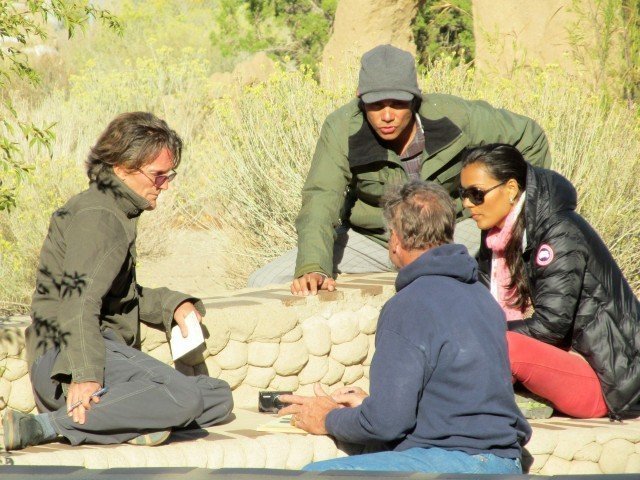
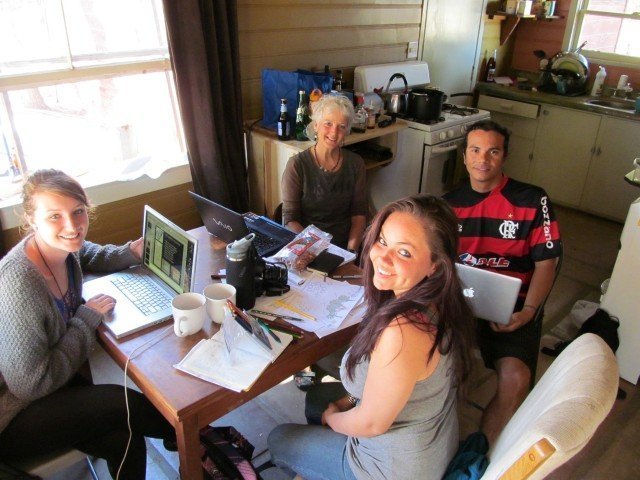
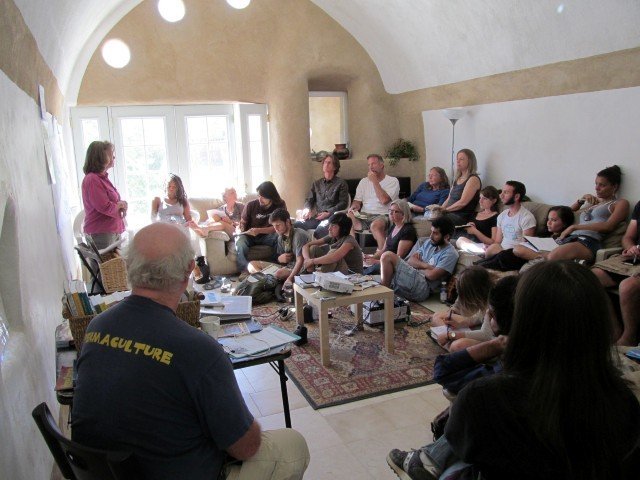
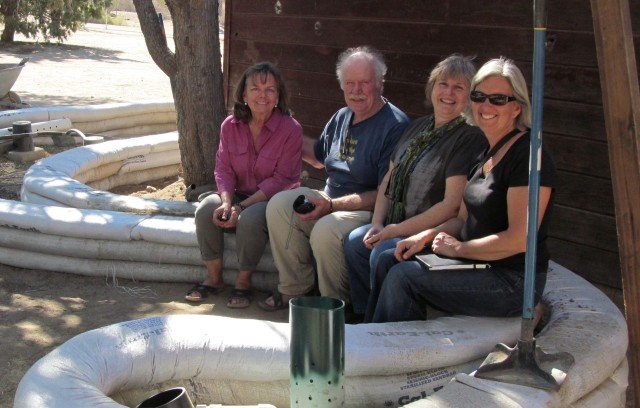
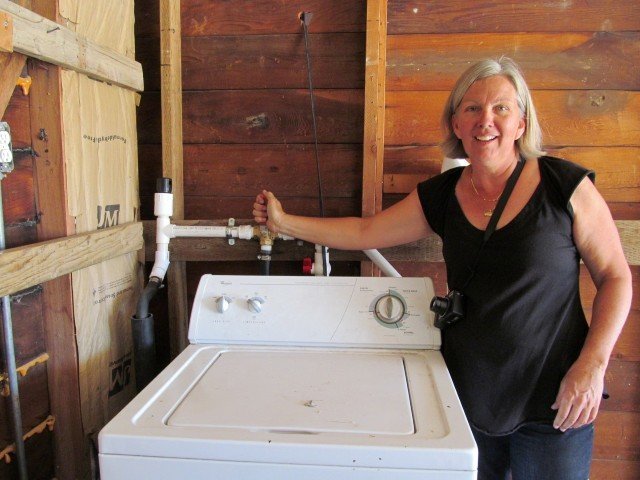

Below is a great 4 min. video on how this simple ‘Laundry to Landscape’ system works produced by Art Ludwig of Oasis Designs.

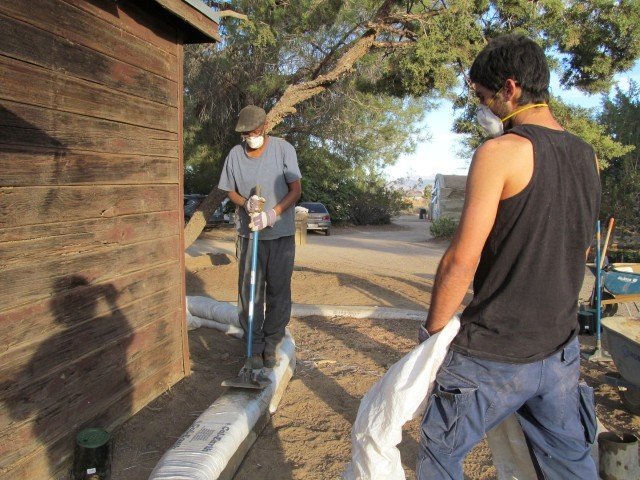
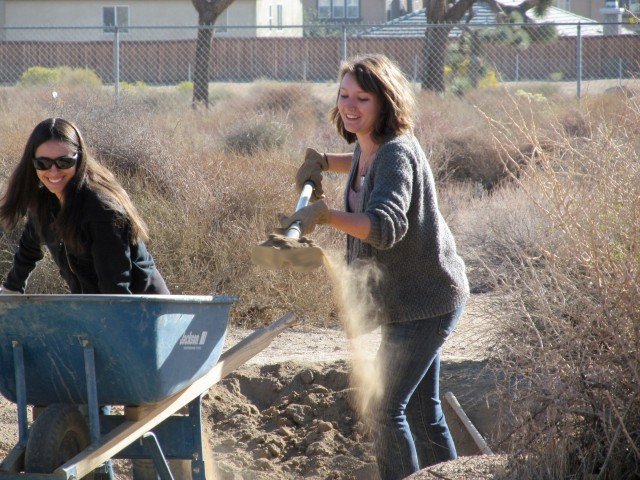
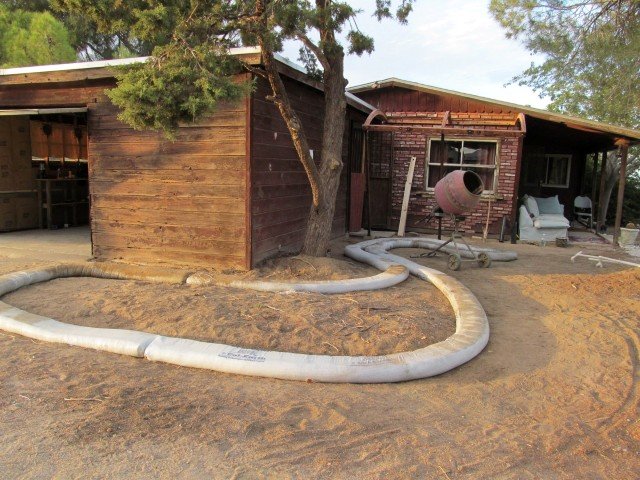
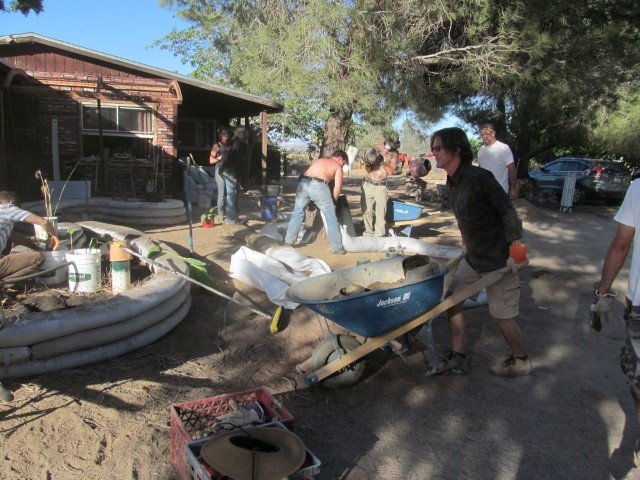

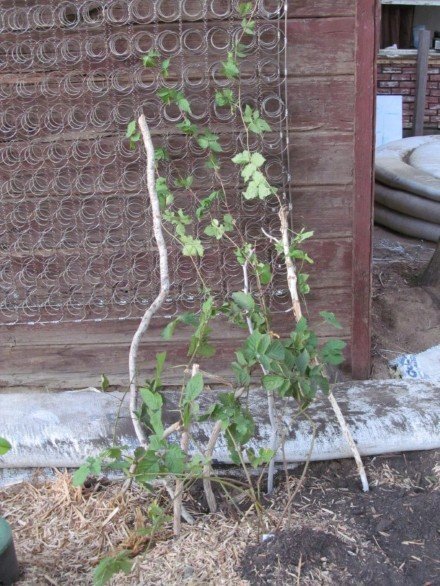

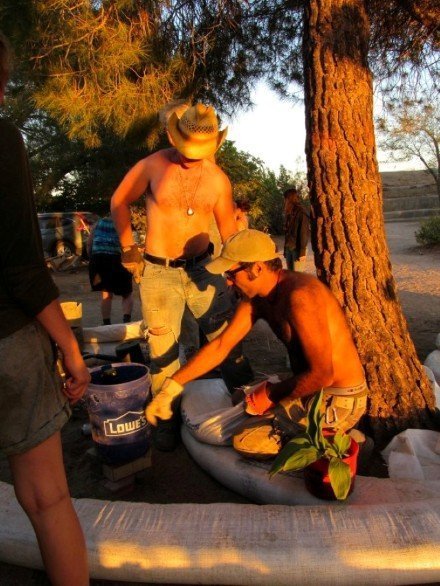
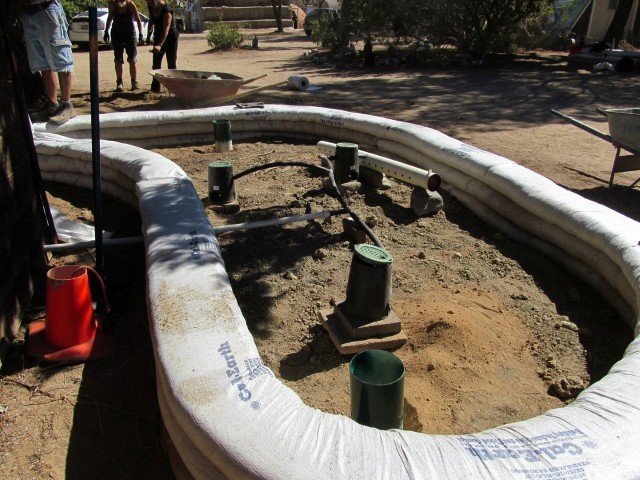
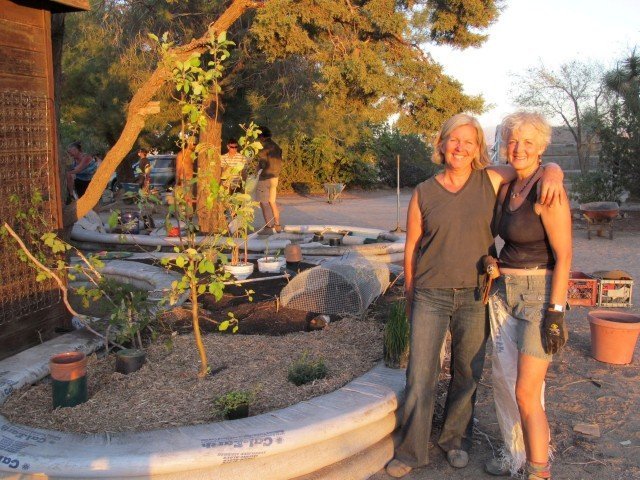



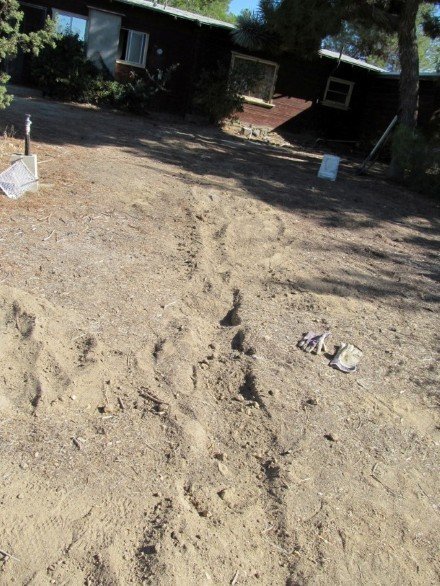
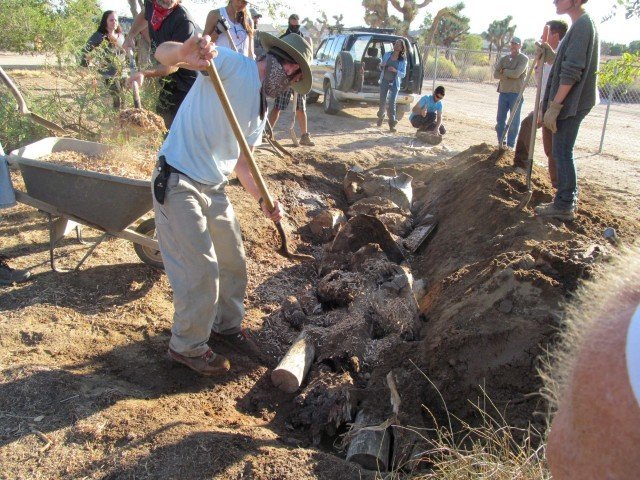
This short video of ours will explain how a hugelkultured bed with a swale works.
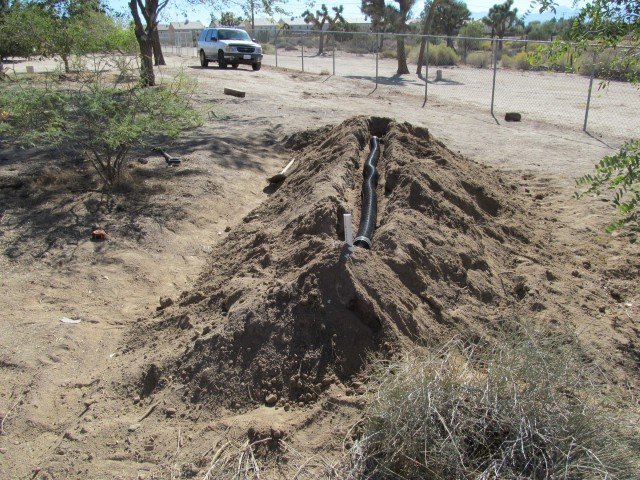

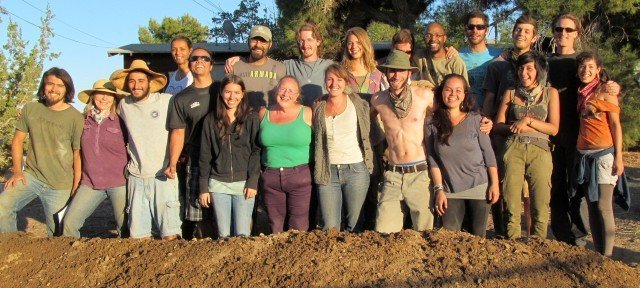
Geoff Lawton Workshop Day – Oct.20, 2012



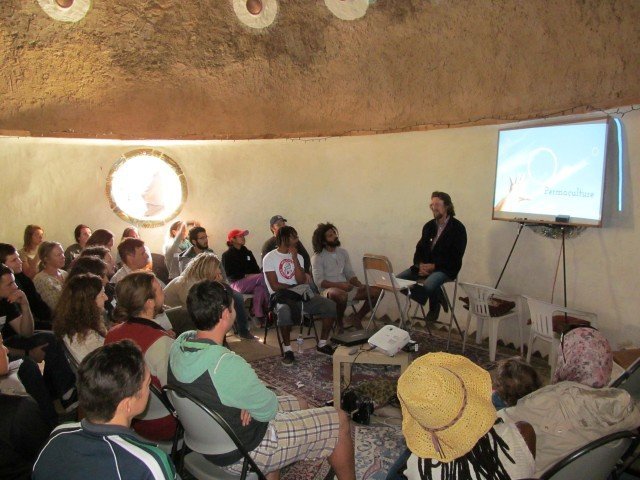
About Greening the Desert
Many of us were introduced to Geoff through the very popular 6-minute film Greening the Desert. It is the story of a reclamation project in one of the hottest and driest environments in the world — the Desert Jordan, just above the Dead Sea in the Middle East.
Geoff and Nadia have worked on many projects around the world including this garden at a girls school, also in Jordan.
|
|
|
You can follow Geoff and Nadia’s work by visiting the website of the Permaculture Research Institute-Australia.

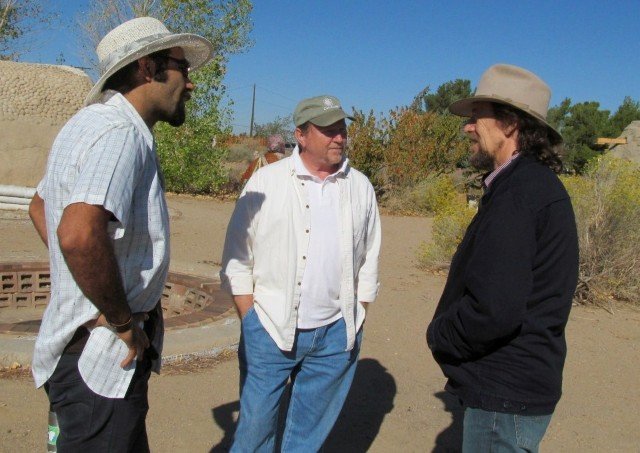




Our Next Scheduled Cal-Earth Combined Training is Oct. 3-15, 2016
Information and Registration
See our Full Schedule of PDC Courses
|
Note: As graduates of a Midwest Permaculture PDC courses, these students are now linked into our network of other PDC Grads; will receive all updates to our Foundations of Permaculture Webinar Series in the coming years; and may audit another of our PDC courses at half-price should they like to repeat the training. Congratulations to all of our graduates… and Welcome Aboard…!!! Bill Wilson – |
5 thoughts on “A Cal-Earth Permaculture Course Picture Summary”
Would it be possible to get a sponsorship for this course. I have build 3 years ago Africa Amini Earth as a project of Africa Amini Alama. I have done all work by myself and without support. I have worked as volunteer and spend my funds to go so far. At the moment i help to develop a small Town of 1000 Houses for Zanzibariens called Fumba Town. I will hold my second PDC at the 27.04. and at the same time we build the first Superadobe for a ECO Lodge on Zanzibar. Rami Siam, a student of Cal Earth is the main Builder. I would just love to get more training in that field. I also organized to build a school of Permaculture for Tanzanian on Arusha National Park in Oktober. All of this is quite costly and i cant effort this year another expense on my list. I contacted you to take a Earth-bag building course in the beginning of the year but there was non worldwide available. At least from Jan till March. So i used the funds to bring a teacher(Rami). a Spanish organization wanted to charge me $36.000 to teach us but that was to much. I also develop at the moment Gardens for a Hospitality school in Moshi called “More Then A Drop”. It would be great if you can help. Franko
We don’t have any sponsorship or scholarship available at this time. Cal-Earth might have sponsorship opportunities you should check. You might also try a crowdfunding campaign at We The Trees.
If none of that works, don’t give up. Keep looking for opportunities. If it is meant to happen it will, we just often don’t get to choose the timetable that things happen in.
Aloha Ian, Becky & Bill
Thank you so much for your combined efforts! I especially appreciated the laundry to landscape video and the video that I was led to about greening the desert.
Mahalo, Mark
You are most welcomed Mark. Sharing some of these great resources is what this is all about. Cheers…
Hi Bill, Becky and the Midwest team!
Great photos there! This years workshop was rich and hands-on as the photos clearly show. I miss everyone and value the relationshps and associations gained as much as any knowledge. Pairing our superadobe work, which uses common sense, organic forms and shapes and sustainablility as it’s back bone does truly pair well with permaculture – which speaks the same language. I love it! And I’m excited about next years course already! Lets’ do another greywater effort on Harmony House this time and maybe a roof catchment system too. What about a solar hot water system on the south side of Harmony house and a hydro radiant floor system powered by the super-high efficiency masonry heaters? Oh shucks! The class is only two weeks long isn’t it!?
What a shame!
From the mid 20ºF temperatures of deep winter in the Mojave, I look forward to the blossoms of life unfolding in 2013!
Warm Wishes to you and your tribe for a good new year in 2013
–Ian Lodge
Cal Earth Site Director